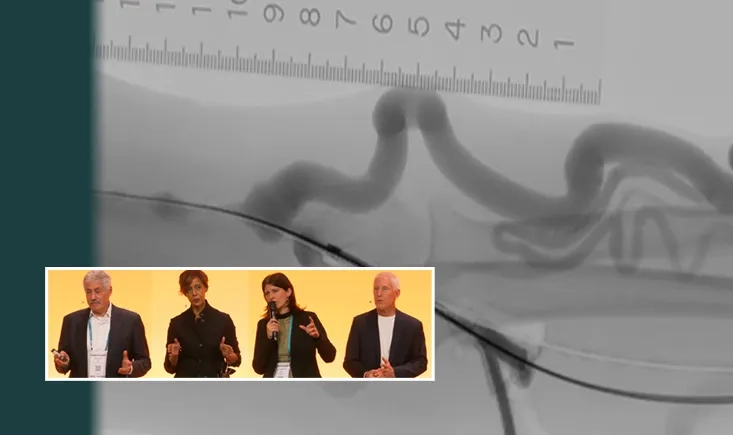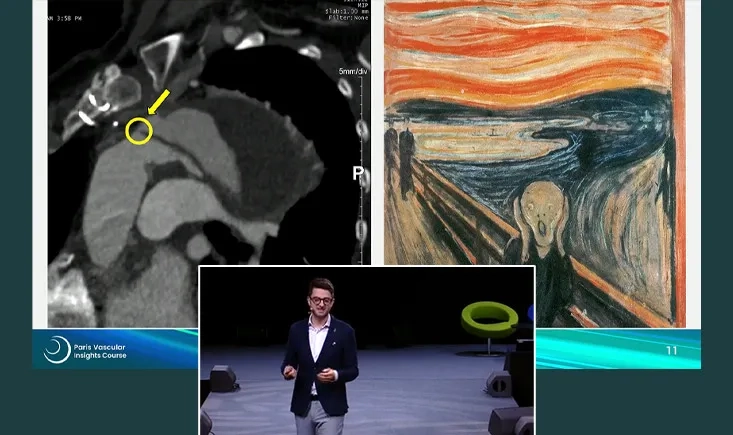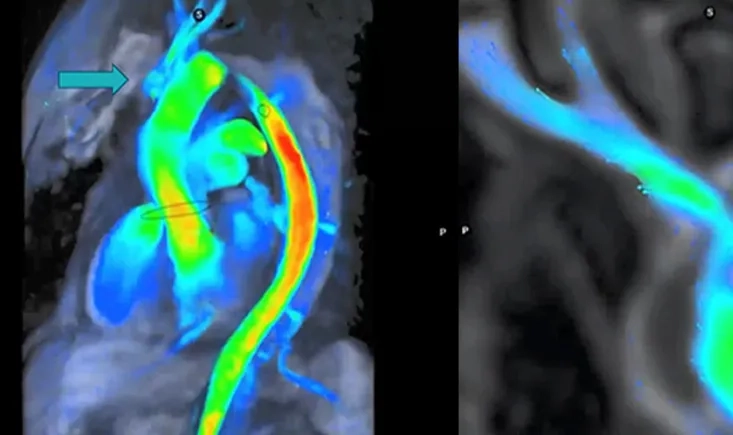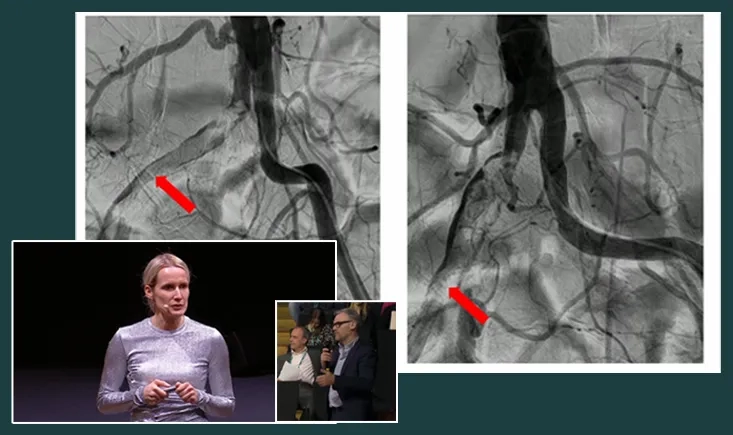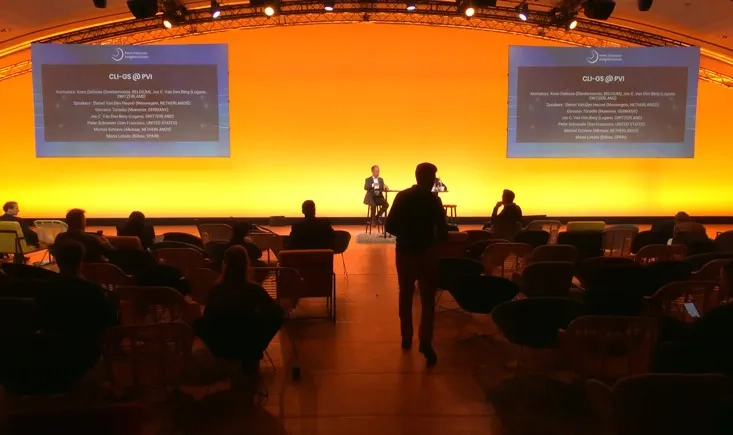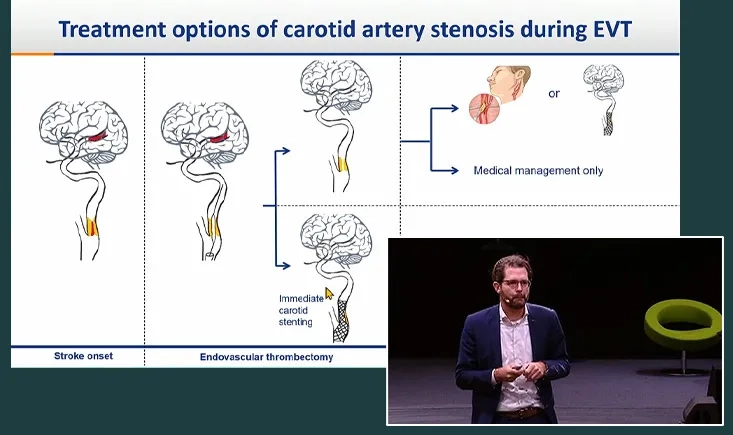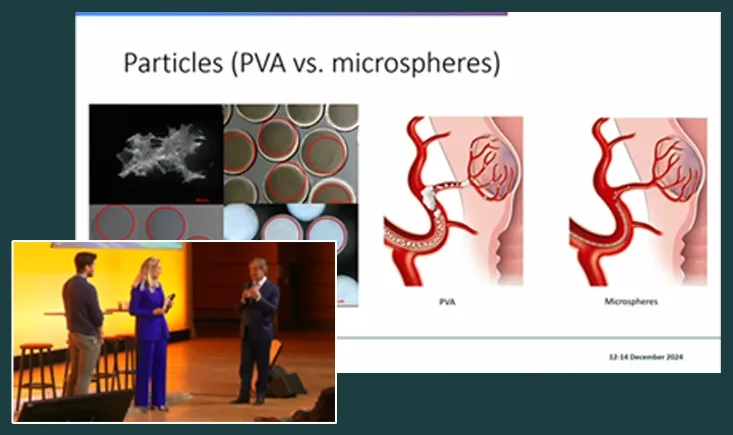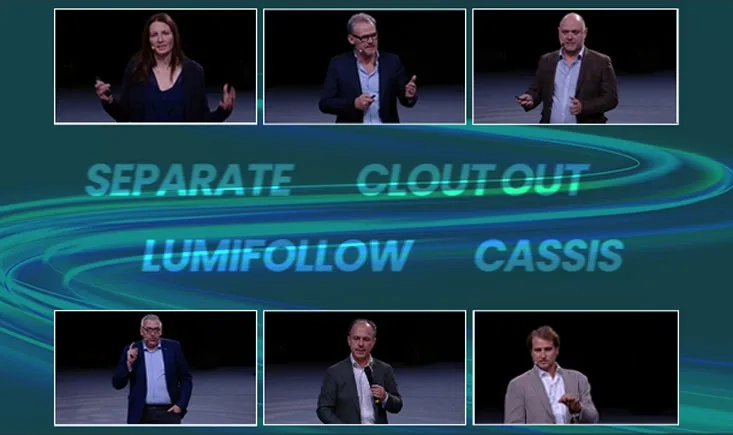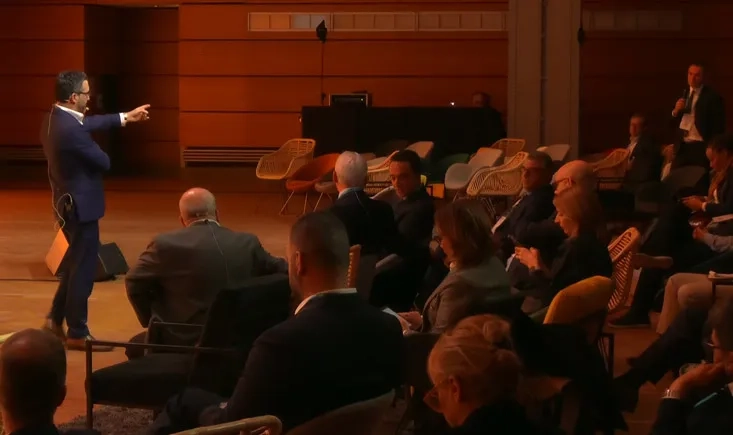Cases and resources in vascular techniques
This section provides a selection of cases and resources provided by experts in vascular techniques.
A fast and focused Q&A session exploring real-life AV access problems: outflow stenosis, megafistula, endoAVF dysfunction, cannulation difficulties and central vein lesions.
Discover expert strategies to handle complex cases in this PVI 2024 compilation. Learn how to manage TEVAR complications, supra-aortic issues, high-risk carotid stenting, aortic dissection corrections, and crossover access for SFA/POP interventions.
Explore this PVI 2024 session tackling real-world aortic challenges: from endograft repositioning and total brain ischemia management to complex aneurysm anatomies. Discover how multidisciplinary strategies, careful access evaluation, and selective use of OSR and EVAR shape comprehensive patient care.
Watch the PVI 2024 session replay on troubleshooting vascular complications during non-vascular interventions like TAVI. Learn why collaboration between vascular surgeons and cardiologists is vital, how to manage failures of vascular closure devices, and best practices for treating fragile patients with endovascular approaches. Plus, get tips on handling stent sizing complications.
This PVI 2024 session explores the CLI Global Society’s mission and showcases strategies like bridging procedures, profunda femoris revascularisation, and deep venous arterialisation, from both surgical and endovascular perspectives.
The PVI 2024 session replay covers management of symptomatic carotid artery disease in women beyond two weeks. It also discusses carotid artery stenting during endovascular thrombectomy for acute stroke, explores stent design, access site complications after TCAR, and and post-op stroke—emphasizing the collaborative nature of carotid revascularisation.
From embolisation techniques to digital sedation and AI-powered imaging—get practical tips and forward-looking insights to enhance your endovascular practice.
In this PVI 2024 session on peripheral arterial disease (PAD), explore the latest tools and technologies shaping treatment. The session highlights survey results on SFA/popliteal lesions, insights on bioresorbable drug-eluting scaffolds, advances in perfusion assessment with hyperpectral imaging, and the role of percutaneous transmural arterial bypass for complex lesions. Experts also discuss which imaging devices—angiography, IVUS, EVUS, or CO₂—most effectively improve patient outcomes. The session provides practical guidance on current strategies and emerging technologies, helping clinicians stay up to date and make informed treatment decisions.
Explore key findings from LBTs in this PVI Course 2024 session! Learn about the CLOUT OUT and eSEPARATE studies on thrombus analysis in PAD, the SEPARATE study on clot composition, and the potential of digital twin technology for carotid stenting in the CASSIS studies. Also, gain insights from a nationwide AV access thrombosis analysis and the 2-year results of the LUMIFOLLOW Registry on SFA and popliteal artery treatments.
Watch this session replay from PVI Course 2024 as experts tackle complex venous cases, including bilateral chronic venous obstruction and the use of stenting techniques. Key discussions cover the treatment of iliac vein stenosis, managing in-flow disease, and the durability of acute DVT interventions.
